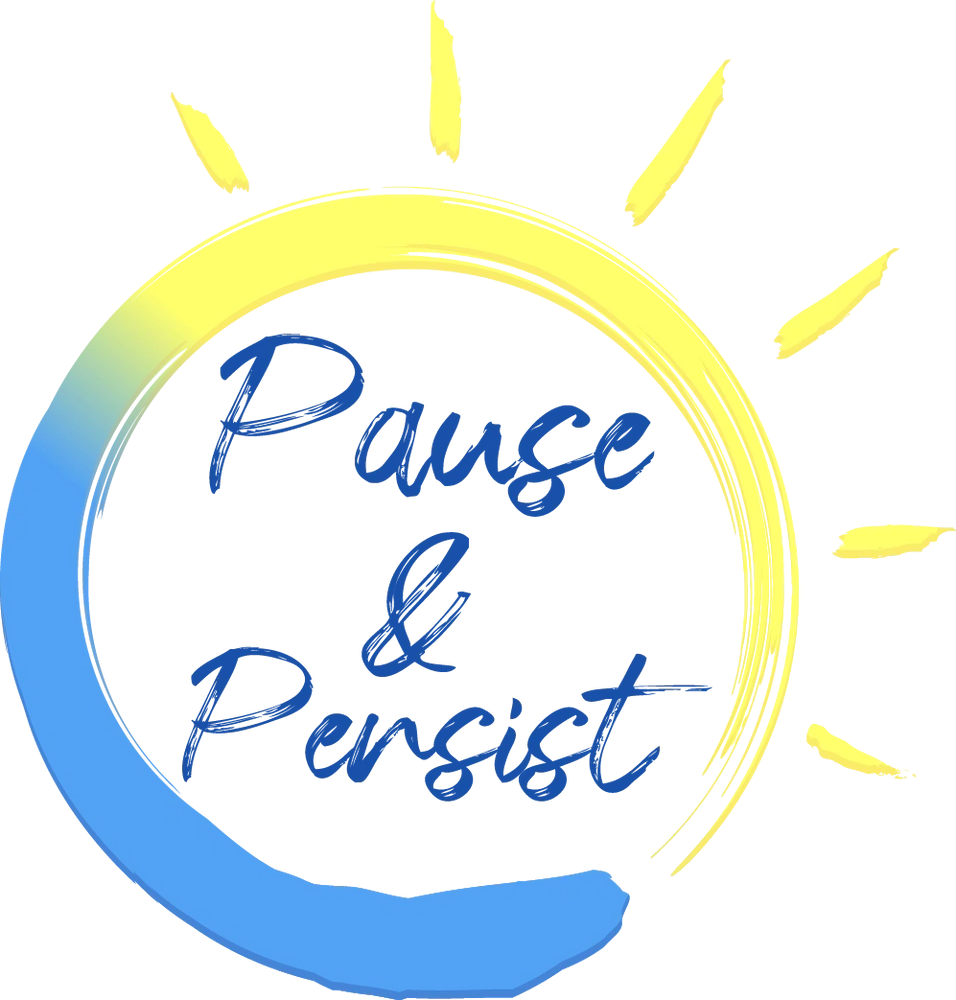Saturday, 30 December 2023
[30122023] Unveiling the Power of "Change, Confidence, Clarity": A Three-Term Journey
Friday, 29 December 2023
[29122023] Reflect, Rise, Repeat: Navigating Achievements and Obstacles for a Brighter Future
Wednesday, 27 December 2023
[27122023] Embracing Resilience: Fostering a Positive Mindset in Education
Sunday, 24 December 2023
[24122023] Embracing Happiness: The Power of Respecting Others' Secrets and Privacy
Saturday, 23 December 2023
[23122023] Unveiling the Impact of 'Playing the Victim' in the Workplace
Thursday, 21 December 2023
[21122023] Embracing the Symphony of Self-Belief: A Resilient Overture
Wednesday, 20 December 2023
[20122023] Elevating Discourse: The Art of Debating with Peers in Education Leadership
Monday, 18 December 2023
[18122023]Transformational Leadership: Letting Go of the Golden Goose to Allow for Swan Song
Saturday, 2 December 2023
[02122023] The Art of Balancing: Humor, Boundaries, and Earning Respect
Tuesday, 28 November 2023
[28112023] Embracing Roots: A Journey through Past, Present, and Future
Saturday, 11 November 2023
[11112023] Unmasking the Threat: Weaponized Incompetence in the Educational Workplace
[11112023] Breaking the Chains of Learned Helplessness: A Guide to Empowerment
Saturday, 4 November 2023
[04112023] Violence is the language of the Inarticulate
Friday, 3 November 2023
[03112023] Empowering Education: Why Listening to Students' Voices Matters
Sunday, 1 October 2023
[01102023] Whatever
Wednesday, 27 September 2023
[27092023] Compare Less to Others
Saturday, 16 September 2023
[16092023] Courageous Leadership: Balancing the Fast and Slow Lanes of Life and Management
As an education leader, your journey transcends the classroom. Managing educational institutions and leading teams require not only expertise but also courage. In this blog post, we'll delve into the role of courage in balancing the fast and slow lanes of life and management.
The Fast Lane: Courageous Decision-Making
Courage in the fast lane of management and life is exemplified by your ability to make bold decisions swiftly. Here's how courage plays a pivotal role:
1. Fearless Decisions: Courageous leaders make decisions even when uncertainty looms. They understand that calculated risks can lead to innovation and progress.
2. Facing Challenges Head-On: Courage entails confronting challenges directly. It's about acknowledging difficulties and taking proactive steps to overcome them.
3. Leadership in Crisis: In times of crisis, courageous leadership shines. It involves staying calm, making tough choices, and providing guidance when it's needed most.
The Slow Lane: Courageous Patience and Persistence
In the slow lane, courage manifests as patience and persistence. It's about staying resolute even when progress is gradual. Here's how courage thrives in the slow lane:
1. Long-Term Vision: Courageous leaders have a vision that extends beyond immediate results. They're willing to invest time and effort into building a lasting legacy.
2. Resilience: Courage involves resilience in the face of setbacks. It's the determination to keep moving forward despite obstacles.
3. Mentorship and Learning: Seeking mentorship and constantly learning are acts of courage. They show a willingness to improve and adapt over time.
Finding Courageous Balance
Balancing the fast and slow lanes in management and life requires a courageous approach. Here's how you can achieve that balance:
1. Brave Prioritization: Courageously prioritize tasks, distinguishing between what needs quick attention and what requires patient nurturing.
2. Delegate with Trust: Have the courage to delegate responsibilities to your team, trusting their abilities to handle day-to-day operations.
3. Mindful Courage: Practice mindful courage. Be present in your decision-making process and act boldly when necessary while taking measured steps in other instances.
4. Embrace Mistakes Fearlessly: View mistakes as stepping stones, and encourage your team to do the same. Embracing failures with courage fosters a culture of resilience and growth.
Courage as Your Compass
Courage is the compass that guides you through the fast and slow lanes of life and management. It empowers you to make decisions, face challenges, and persist in your journey, all while maintaining a long-term vision. Just as you instil courage in students and educators, remember to nurture it within yourself. Your courage will not only shape your leadership but also inspire those you lead to navigate their own lanes of life and growth with unwavering bravery.
Friday, 15 September 2023
[15092023] Nurturing Tomorrow's Leaders: The Role of Education Leadership
Tuesday, 12 September 2023
[12092023] Fostering Growth: The Power of the Nurture Approach vs. Fixating on Mistakes
Friday, 8 September 2023
[08092023] Choosing Your Circle: How Positive Vibes Can Transform Your Leadership
Wednesday, 6 September 2023
[06092023] The Cost of Neglecting Misconduct: A Call for Proactive Ethical Leadership in Education
Monday, 4 September 2023
[04092023] Navigating the Generation Gap in the Workplace: Bridging Employer and Workforce Perspectives
Friday, 1 September 2023
[01092023] Effective Communication: Persist and Pause
Wednesday, 30 August 2023
[30082023] Habit 3: Put First Things First
[30082023] The Art of Strategy: Balancing Transparency and Secrecy
As an education leader, you're entrusted with the responsibility of guiding your institution towards success. At the heart of this journey lies your strategy – a carefully crafted roadmap that defines your approach, goals, and tactics. But when it comes to sharing your strategy, where should you draw the line between openness and secrecy? In this blog post, we'll explore the strategies that should be made known and those that are best kept as secrets.
The Power of Shared Strategy
Vision and Mission Alignment: One aspect of your strategy that should be openly shared is your institution's vision and mission. When your team, students, parents, and stakeholders understand these foundational elements, they can align their efforts and support towards a common purpose.
Broad Goals and Objectives: Sharing high-level goals and objectives helps create a sense of direction and unity. When everyone knows where you're headed, they can contribute more effectively to achieving those goals.
Collaborative Approach: Encouraging open dialogue about your strategic approach fosters a culture of collaboration. When team members are engaged in discussions about strategies, they're more likely to provide valuable insights and creative solutions.
Adaptability and Flexibility: When the broader strategic framework is shared, it allows for input from diverse perspectives. This can enhance the adaptability of the strategy, ensuring it remains relevant in a rapidly changing educational landscape.
The Strength of Strategic Secrecy
Innovative Tactics: Certain tactical details can be best kept as secrets. These might include innovative teaching methods, unique student engagement techniques, or proprietary technology integration. Keeping these under wraps prevents competitors from quickly copying your methods.
Market Differentiation: If you have a distinctive offering that sets your institution apart, keeping the specifics private can maintain your competitive advantage. Revealing too much could allow competitors to replicate your uniqueness.
Resource Allocation: While sharing broad financial goals can be beneficial, specific resource allocation strategies may need to remain confidential. This prevents unnecessary concerns or speculations among stakeholders.
Anticipating Changes: In a rapidly evolving education landscape, you might develop contingency plans for various scenarios. Keeping these confidential ensures your institution can navigate challenges effectively without tipping off competitors.
Balancing Act: Guidelines for Sharing Strategy
Transparency Builds Trust: Openness about overarching goals and mission fosters trust among stakeholders, encouraging a sense of unity and commitment.
Sensitive Tactics Stay Hidden: Maintain a careful balance between sharing general strategies and safeguarding unique tactics that give you an edge.
Consider Your Audience: Tailor the level of detail you share based on your audience. Some stakeholders might need more comprehensive information than others.
Evaluate Competitive Landscape: Regularly assess the competitive landscape and adjust your approach to sharing accordingly. As circumstances change, your strategy-sharing approach might need to adapt as well.
In the complex realm of education leadership, strategy is your guiding light. It's a beacon that not only outlines your path to success but also shapes your institution's identity. While some aspects of your strategy should be openly shared to foster collaboration and alignment, others should remain carefully guarded to maintain your competitive advantage. Striking the right balance between transparency and secrecy is an art that requires thoughtful consideration and a deep understanding of your institution's unique journey.
[05072025] Breaking the Loop: When Routine Becomes a Cage
Breaking the Loop: When Routine Becomes a Cage There comes a point when even the strongest among us sigh and say, “I’m tired of doing the s...
-
What is "Mengadu Domba"? In Malay, "mengadu domba" literally translates to "complaining like a goat. " Howe...
-
Praise be to Allah For all the blessings For all the barakah For all the bounties For my beloved family For my friends and companions For al...
-
Once upon a time, in a faraway land, there lived a king whose castle was modest but whose subjects were safe, prosperous, and content. Howev...


































